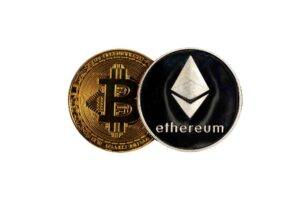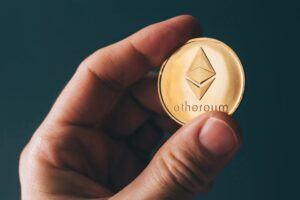What are ERC-6551 tokens? How the new standard could enable customizable Ethereum NFTs and why well-known names in the NFT industry are so keen on implementing the new idea.
What are ERC-6551 Tokens?
ERC-6551 tokens are non-fungible tokens on the Ethereum blockchain. The principle is based on the well-known ERC-721 tokens. In common parlance, these are usually referred to as NFTs.
The new token standard is intended to expand the older system with new functions. Above all, it is about being able to assign tokens to NFTs themselves. That is why the ERC-6551 standard is already being referred to as a new type of wallet. However, it is more about linking individual tokens to each other.
The idea comes from several people who are particularly active in the NFT market. Benny Giang, as the inventor of Cryptokitties, or developers from Manifold Studios, who launched their own NFT platform under the brand name Manifold, are well-known.
The ERC-6551 standard was first introduced on February 23, 2023. It has not yet been implemented. Items that are assigned to an NFT are sometimes referred to by the scene as TBA or, in the plural, TBAs (Token Bound Assets or token-bound assets).
Are Ethereum NFTs Soon to be Customizable?
But why should NFTs be linked to other tokens? The idea is simple: Ethereum NFTs could soon become customizable as a result. So far, the digital certificates have mainly served to prove the authenticity of pixel art.
However, more and more developers want to bring dynamic products to the market that develop over time or change based on certain events that take place within a wallet.
A well-known example of this principle is the collection The Merge by the artist Pak. The more parts of the collection an investor acquired, the larger the mass ultimately depicted in the NFT became.
On April 11, 2023, the clothing brand Adidas finally presented the collection ALTS, which has even more complex customization options.
You are currently seeing a placeholder content of X. To access the actual content, click on the button below. Please note that data will be passed on to third-party providers.
Even the options used are no longer sufficient for the supporters of ERC-6551. Instead, they want to promote targeted individualization by users. The market could then be expanded to include a large number of digital items.
Inventor Benny Giang explained his ideas on the podcast On The Other Side. There he asks: “Why do they [NFTs] always wear the same clothes, for example?” Giang wants to change this. After buying it once, the artwork no longer has to remain unchanged, but could be adapted with further tokens if required.
What if we were to launch a PFP [profile picture NFT] that looks super cool and that you can change your outfit with 10 or 20 times a day? Because that is a natural expression of who you are.
Although these options could also be implemented via existing protocols, this would be unnecessarily complicated and ineffective. Ultimately, the blockchain would be burdened with further difficulties. Giang even believes that the new standard would improve the general user experience.
So what if NFTs had their own wallets? And if they have their own wallets, then they can communicate with each other without MetaMask.
Implementation would be conceivable by linking a separate smart contract to each NFT. In addition to cosmetic content, which would itself be NFTs, fungible tokens such as stablecoins or Ether could also be deposited there.
NFTs with a Life of Their Own Would be Possible
Giang therefore believes that his idea is also important for other applications. If an NFT is equipped with governance tokens, it could practically serve as an ID card or identification document. This could be used, for example, to restrict access to certain Web3 portals.
In addition, it is possible to develop non-fungible tokens with a life of their own if the principle is expanded to include artificial intelligence. Giang imagines a digital character who chooses his own clothes and appears on social networks such as Twitter himself.



